Presented by:
In the wake of significant social and political changes, diversity and inclusion (D&I) have long been on the oil and gas sector’s business agenda. Yet progress in the area remains tepid.
In the current environment, the oil and gas industry has to overcome and manage significant technological, economic and environmental challenges to survive and thrive. And with the scale and complexity of these challenges becoming more complex, oil and gas companies are recognizing the importance of D&I, engagement and collaboration between the workforce and companies.
Now more than ever, benefits of a diverse workforce are growing apparent as the industry seeks to refocus its attention to human capital amid monumental disruption to a low-carbon future.

Workforce diversity: Where do we stand?
“Even though the oil and gas industry has historically been male-dominated, we are seeing a shift,” said Kathy Eberwein, CEO of Houston-based Global Edge, a provider of recruitment services to the oil and gas industry.
Diversity has always been talked about, Eberwein told Hart Energy, noting that particularly over the last couple of years, she has seen more oil and gas companies “walking the walk as opposed to just talking the talk.”
“We have several clients who have boldly publicized numbers behind their diversity goals, and that’s definitely a shift in terms of what I’ve seen over my career,” she said.
Expressing similar sentiment, Gavin Rennick, Schlumberger’s vice president of human resources, said, “There is a high level of commitment, increasing visibility and strong communication from many companies to improve diversity in their organizations.”
He added that although companies have progressed in “several dimensions of diversity,” including nationality and gender diversity, there is still a long way to go to foster a more inclusive environment across the industry.
“That’s one of the challenges that we have out in front of us as an industry and certainly one that we’ve been taking on for the last couple of years at Schlumberger,” Rennick said. “Today we have active employee resource groups around gender, sexual orientation and race, and we’ll see more forming around other dimensions of diversity—such as disability— in the near term.”
Commenting on the current state of D&I in the oil and gas industry, ChampionX CEO Soma Somasundaram said the industry has made great strides in recent years.
“Although we need to acknowledge how much further there is to go,” he added. “There is growing recognition of the work that needs to be done and a collective commitment to action.”
Somasundaram said ChampionX has made good progress in D&I by adding an executive-level position to lead the company’s overall ESG efforts and establishing an enterprise-wide D&I Council. In addition, he said the company has nine Employee Resource groups with more than 2,000 employee members globally.
“I expect our industry and individual companies will continue to make great progress on diversity and inclusion in the years to come,” he noted.
Understanding diversity
Global Edge’s Eberwein pointed out that the term diversity has been heavily used, but it’s extremely important to understand the actual meaning of diversity at work to make real progress.
“I know gender is one of the things that we’ve framed for this discussion, but in my view, [diversity] comes in many shapes and sizes, figuratively and literally, but it’s not just gender—it’s race, it’s culture, it’s generational diversity, it’s diversity from industries, it’s all kinds of diversity,” Eberwein explained. “And the goal is to get diversity of thought, because that’s what brings innovation and creativity.”
There’s no way that we can get to where we want to go without really embracing the broadest subset of talent that we can. — Deanna Jones, Baker Hughes
There has been “a little bit of a shift in oil and gas,” but the industry still has “a long way to go,” she added. “Meaningful diversity is really what we should aspire to achieve, which means not only do you have numbers with diversity candidates, but you have them throughout an entire organization, you have them at all departments, all functions, all levels, including the board level, and that’s really the goal—to have meaningful diversity.”
Deanna Jones, chief human resources officer with Baker Hughes, added that a diverse talent pool is critical at her company as it deploys technology for a low-carbon future.
“Diversity, equity and inclusion will require conscious action and close collaboration between the private sector, the public sector and stakeholder groups to have a comprehensive talent pool to address the challenges facing the oil and gas industry,” Jones said.
Closing the gender gap
Statistics show there are fewer women in oil and gas jobs than almost any other major industry, accounting for less than one-quarter of employees in the sector worldwide—and these figures grow smaller the higher up the business ladder you go.
“It’s true that our sector overall trails others in terms of gender diversity, but the numbers are improving,” ChampionX’s Somasundaram said.
Recognizing that the industry will not be able to make real D&I strides without a fundamental shift in culture, Somasundaram said policies for D&I must be embedded in the strategy and culture of the companies.
“Policies and programs are important, but even more important is winning the hearts and minds of the workforce,” he said. “And it’s up to the leaders at the top to have a personal commitment, accountability and stake in the transformation.”
He continued, “I am chairing our D&I Council, I am an active member of all our employee resource groups and have made D&I a part of our business strategy, not just a standalone effort to be managed by the human resources department.”
According to Baker Hughes’ Jones, closing the gender gap begins with the hiring process.

“We are rethinking the way we create and post jobs in our company. As digital technologies and remote operations become the new normal, we have an opportunity to be more inclusive, especially from a gender perspective,” she noted.
Jones said Baker Hughes uses a tool called Role Mapper, which is a framework designed to create more inclusive job opportunity postings.
“It’s amazing how it changes the pool of talent that are applying to the roles we have,” she said. “We have a new plant here in Houston that’s part of our oilfield equipment product company, and we were able to draw from a much more gender-diverse environment by removing requirements for heavy lifting and things like that.”
Jones went on to add that flexible work arrangements have significantly contributed to an inclusive environment at Baker Hughes, specifically from a gender perspective, because women tend to play a dual role to support their families.
“All of our leaders have talked about how [remote work] has given them access to a much more gender diverse talent pool,” she said. “I also think our numbers in terms of representation from women have been higher than the average primarily because we’ve leaned into this flexibility and really supported women in the workplace.”
Schlumberger’s Rennick estimates that women make up about 23% of the total oil and gas workforce, which he said is “significantly better” than many other industries. However, he admits that it falls far behind comparators including airlines and financial services that report between 35% and 40% female representation.
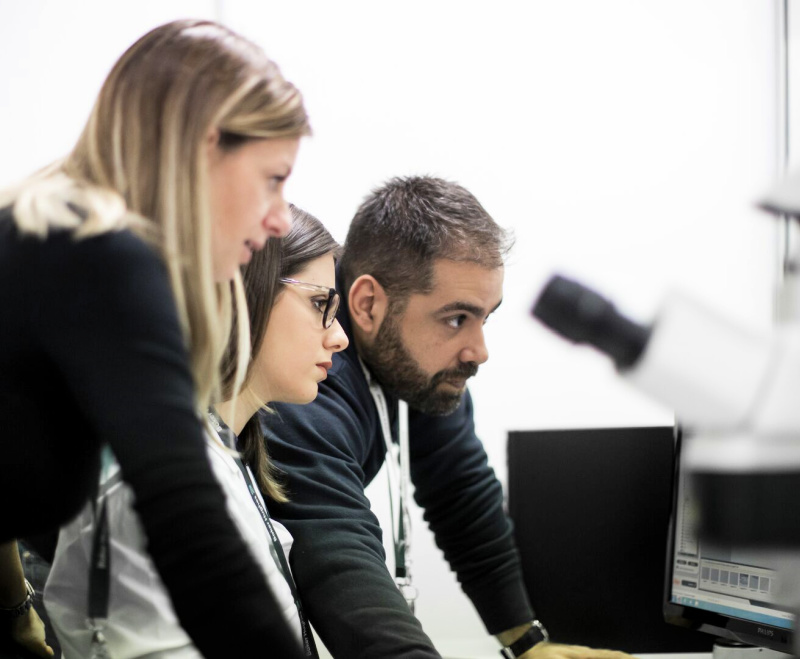
He went on to explain that major energy industry companies have been promoting diversity for many years, with recruiting and development efforts and policies that support women and families, adding that Schlumberger tripled its rate of gender diversity progress in 2020 compared to the past decade.
“There is genuine momentum in our company, and I know that in talking to my HR peers in companies across other industries this is a relatively strong performance,” Rennick said. “While many industries have taken a step backward on gender diversity during the pandemic, we have made significant progress. Now, we must keep building on this.”
More females in the boardroom
Statistics show the oil and gas sector continues to struggle to boost the number of women it has in leadership positions. The share of women on boards of oil and gas companies reached 14% in 2019, double the level in 2009, according to an S&P Global report. But with less than one female board member out of every five, the sector is ill-positioned to reap the gains that diversity can bring.
Somasundaram said it’s critical for the oil and gas industry to work toward getting more women representation across boardrooms.
“This starts with being purposeful in the composition of the board and making women representation an integral part of that thinking,” he said. “There are well-qualified women available to sit on our boards, and they can significantly enhance the thinking in the boardrooms. The best route to a board position is experience.”
He noted that oil and gas companies should also encourage and allow for board participation by female executives, focusing on allyship and continually developing capability for these roles.
“I am particularly proud of our ChampionX board,” he said. “Since our launch as a public company in May 2018, ensuring diversity at the board level has been a priority. Today, we have an independent chairman of the board, 88% of ChampionX directors are independent and two of our eight director seats are held by women.”
Somasundaram said he strongly believes that diversity of the board is crucial to a company’s success.
“Diversity yields a variety of perspectives, backgrounds and experiences, and those perspectives positively impact how an organization runs, makes decisions and, ultimately, on its success,” he said.
“How do we bring more female voice into the boardroom? It’s something we’ve been talking a lot about, specifically at Baker Hughes,” Jones said. “We have to continue to foster an environment where women feel encouraged to take board opportunities.”
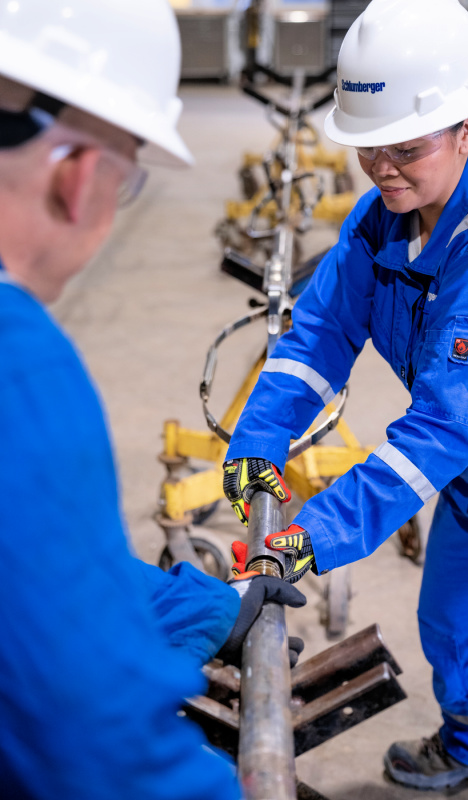
She added that, because of all the roles that women play within their lives, they need to know how to balance everything.
“Women need to know that their companies or their mentors are creating sponsorship and mentorship across the breadth of opportunity and career,” Jones said. “All of this is a really critical part of making sure that we increase the numbers we have on boards.”
New technological developments
Research shows that workplace diversity has numerous business benefits, in addition to contributing to a fair and equal workplace and society.
Within oil and gas, 94% of EY’s survey respondents believe diversity of thought and experience are key to navigating the industry’s high levels of disruption, with the majority agreeing that diversity contributes to both financial and non-financial business performance.
Jones said it is important to attract D&I talent to work on new technological developments needed to meet the oil and gas industry’s net-zero targets.
“We need to think about diversity, equality and inclusion when working on challenges around technology and innovation and thinking differently about these problems is absolutely essential,” she said. “We won’t be able to meet the Paris agreement goals if we’re unable to overcome these challenges.”
Jones also noted that fossil fuels are here to stay for the next few decades, so the oil and gas industry needs a diverse workforce to bring “efficient solutions to the table.”
“When you think about diverse teams, the thing that high-performing diverse teams do exceptionally well is create a collaborative work environment where they welcome suggestions from everyone,” Jones said. “They listen to all of the voices around the table and work collectively to achieve their ambitions.”
“There’s no way that we can get to where we want to go without really embracing the broadest subset of talent that we can,” she continued. “Everything that we do to create that opportunity to listen to and engage diverse talent, it just helps us in terms of our innovation and creativity to solve the industry’s problems.”
ChampionX Somasundaram pointed out that diversity will remain key to creating the new ideas that companies need to deliver a safe, affordable and sustainable low-carbon future.
He said the oil and gas industry is often perceived as backward and must highlight its technological innovation.
“We as an industry invest a lot in digitalization. Sometimes people can have the incorrect perception that our industry is old and tired and lags in digital adoption and ways of working.”
He added that oil and gas companies must also publicly engage in conversation about their commitment to sustainable energy production including their net-zero goals to reduce carbon footprint and help fight climate change.
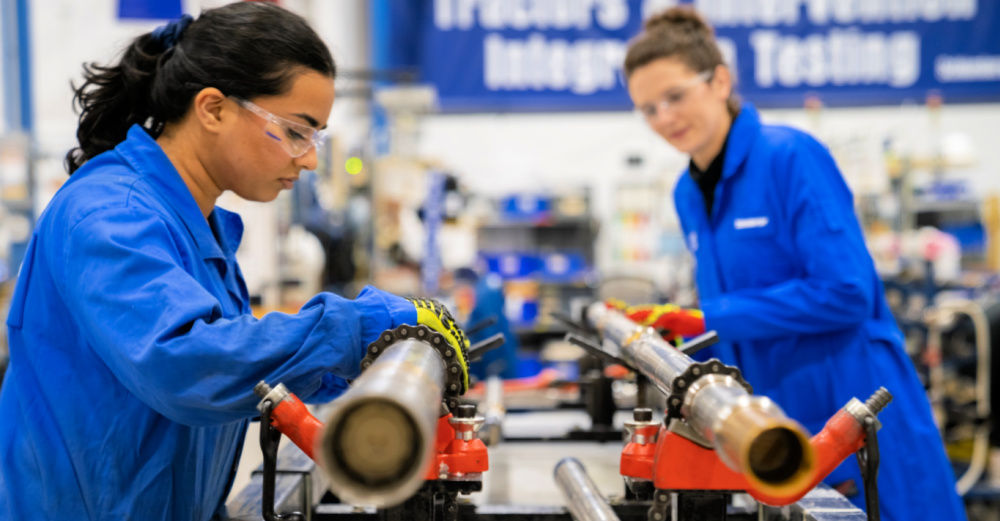
Outreach and training
To recruit and maintain a diverse talent pipeline, Jones also said it’s important to encourage diverse talent in STEM careers as early as elementary and middle schools because it has a huge impact on the courses they choose to take. She also talked about Baker Hughes’ initiative to engage and develop neurodiverse talent who are different thinkers needed for the industry’s transformation and low-carbon solutions.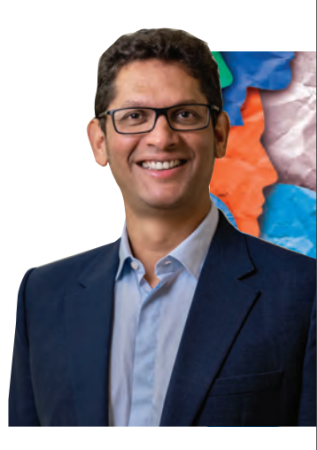
We must focus on making the oil and gas industry more attractive, communicating better about how interesting it is to work in this industry. — Gavin Rennick, Schlumberger
Baker Hughes has partnered with Potentia STARS—a company that specializes in training and developing neurodiverse talent—to recruit, engage and develop a diverse range of talent who have a unique approach to solve problems.
“Our partnership with Potentia really has allowed us to tap into having conversations about DEI in a completely different way and to really access talent who are system thinkers and who are lending their skills into our energy transition, technology and manufacturing groups,” Jones said.
Mentorship and recruitment
Rennick said there are no shortcuts to increasing diversity, rather a sustained systematic improvement is needed. From identifying where cultural change will help the process and then building all of the necessary tools, systems, processes and policies over time to support and accelerate the improvement.
“The oil and gas industry needs inspirational role models that represent all diversity dimensions,” he said. “They need to be highly visible and in senior roles.”
There are many candidates coming from different industries that may not have been in the oil and gas or energy space, but they bring other experiences and other thoughts, particularly on the digitalization side, which could be really impactful and powerful for the industry. — Kathy Eberwein, Global Edge
Schlumberger has employees from more than 160 nationalities and almost all of the company’s top 10 executives are from different nationalities.
“This gives people a line of sight to what they can achieve being a diverse candidate,” he said. “That visibility is important.”
Secondly, Rennick said companies need to remove gender bias while recruiting new talent, adding that the industry as a whole also needs to address “barriers” faced by women at the workplace.
“There are practical barriers that we face today in getting women access to operational sites that still lack basic sleeping and hygiene facilities in certain places,” Rennick said. “This makes it more difficult to progress. In addition, improving maternity conditions and flexibility is important. The industry has to really work together to be able to overcome these barriers.”
He also said it’s important for the industry to “open up the pipeline” to attract new talent.
“We must focus on making the energy industry more attractive, communicating better about how interesting it is to work in this industry,” he said.
“Secondly, [we need to be] supporting and attracting people at high school level, early in university and in tradeschools that typically have low representation of either minority populations or women or disabled people or any other diversity dimension.”
Cultivate: Investing in people
“Some say the best time to plant a tree was 20 years ago, and the second best time is now,” Somasundaram said. “The same could be said of developing people.”
Somasundaram noted that people want to work for good leaders and companies with positive culture, adding that every leader should make a personal commitment to focus on developing a positive work environment that is inclusive and values people.
“It is never too late to start developing and investing in our people,” he said. “It’s one of the best investments you can make in the long-term future of your organization.” Somasundaram suggested implementing the following processes for a more positive workplace:
- Find new sources to recruit and attract talent to ensure diverse experience and perspectives;
- Focus on educating hiring managers about transferable skills and hiring for potential instead of relying solely on experience;
- Focus on your brand to tell your company’s story and dispel negative stereotypes of the industry, which includes emphasizing how our sustainability efforts impact the world for the better, which aligns with our purposedriven culture; and
- Insist on inclusion as part of the company’s culture and embed education and reinforcement in daily practices.
Future workforce
The oil and gas industry is often perceived as “dirty and backward” by the young generation, Global Edge’s Eberwein said. So it is critical for companies to convey the message about how decarbonization and digitalization are sparking a radical change in the industry, and recruiters need to be more open-minded when hiring fresh talent.
“The younger generation tends to think oil and gas is dirty and is responsible for higher carbon footprint,” she said “Educating the gen old population and getting the right message out would be one thing that would be really impactful.”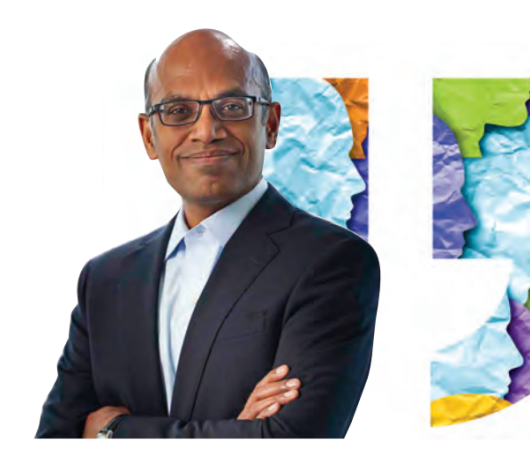
It is never too late to start developing and investing in our people…It’s one of the best investments you can make in the long-term future of your organization. — Soma Somasundaram, ChampionX
She also said recruiters should “cast a wider net,” using social media platforms for instance, to attract diverse talent.
“Companies need to be open-minded when hiring,” Eberwein said. “There are many candidates coming from different industries that maybe have not been in the oil and gas or energy space, but they bring other experiences and other thoughts, particularly on the digitalization side, which could be really impactful and powerful for the industry.”
Expressing similar sentiment, Rennick pointed out that it is important for the industry to increase awareness about its role in sustainability.
“Firstly, we need to show all of the good things that the industry is doing,” he said. “Secondly, we need to show how exciting and interesting it is to have a career in oil and gas.”
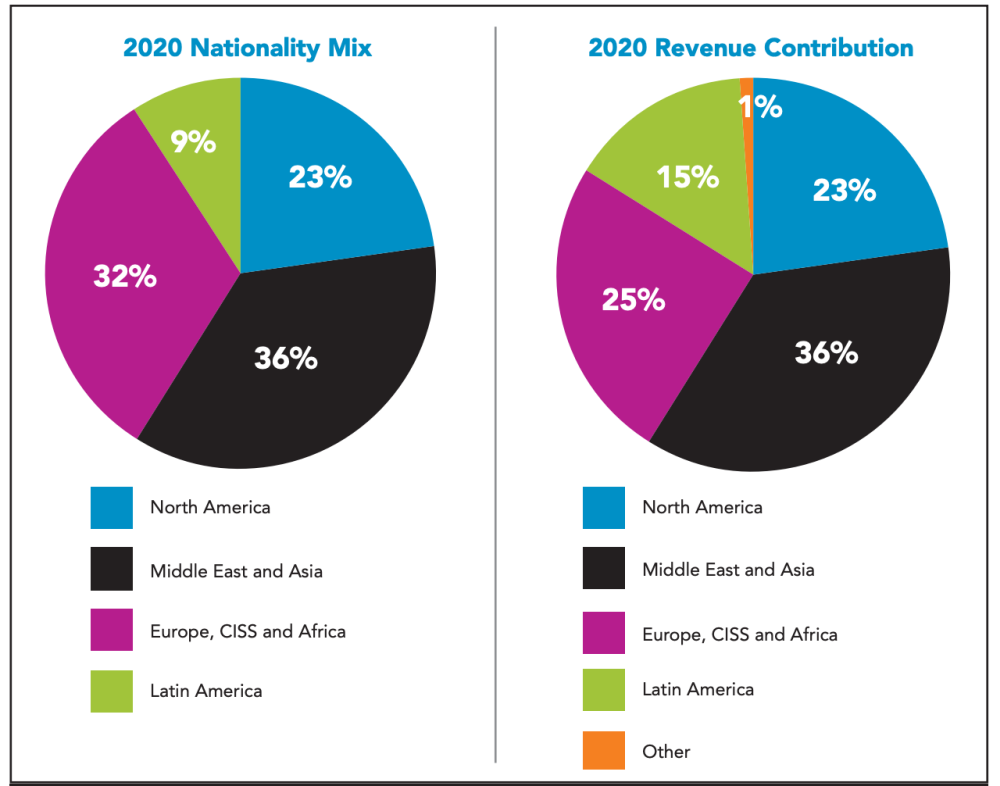
Editor’s note: Contributed photos were taken prior to the COVID-19 pandemic.

